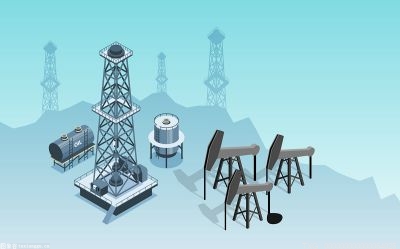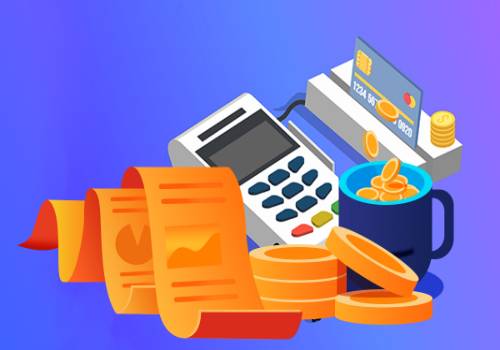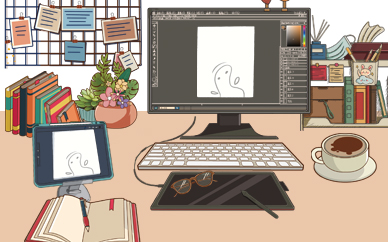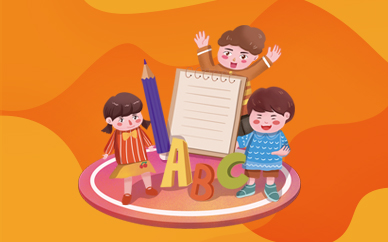(swipe left for English)
在BMH,我們重視家校溝通與家校合作。通過細致的溝通、有趣的親子活動,學校和家長能共同促進學生的最優(yōu)化發(fā)展,實現(xiàn)1+1大于2的效果。學校兩周一次的“咖啡晨會”會邀請各位家長來到學校,旨在分享學校不同學科的課程設計,讓家長與老師面對面交流,從而更好地支持學生成長。
我們的上一場咖啡晨會由英語組與家長們分享了“自然拼讀法”的相關內(nèi)容,家長們也在現(xiàn)場體驗了不同階段自然拼讀課程的相關課程內(nèi)容,相信大家都對這個課程有了更深刻的理解。以下是英語組關于自然拼讀法的分享,讓大家可以在家?guī)椭⒆觽冹柟虒W習。
 (資料圖片)
(資料圖片)
自然拼讀法是培養(yǎng)英語閱讀、寫作和拼讀能力的基礎。Twinkl自然拼讀法是綜合全面的課程內(nèi)容,經(jīng)英國教育部認證,內(nèi)容涵蓋幼兒園至七年級,分為一至六級。在BMH學習自然拼讀法,每周多節(jié)課程安排,每學年多次嚴格評估,持續(xù)記錄學生學情,提供針對性學習指導。
02家長在家如何幫助孩子學習自然拼讀法?英語組為家長們錄制了一個詳細介紹自然拼讀法的視頻,方便每位家長進行理解和操作。
同時我們繼續(xù)分享一些學習自然拼讀法的方法和小建議。掌握自然拼讀法,貴在堅持和練習,熟記字素和音素的對應規(guī)則,熟練地合成和分割,幫助孩子在校在家都能練習自然拼讀法。
在家可以使用的學習材料和資源一塊迷你白板和白板筆
一把長尺或指示筆
各級別的音素表(BMH英語組老師向家長分享的學習資料)
各級別的字素記憶卡(BMH英語組老師向家長分享的學習資料)
▲音素表
孩子需要掌握的四大基礎能力1) 熟記字素與音素的對應規(guī)則
2) 熟記常用未解碼的單詞。
3) 熟練地合成,見字素,拼讀音素
4) 熟練地分割,聽音素,拼寫字素
以上為自然拼讀法的四大基礎能力,每節(jié)自然拼讀法課會安排練習,幫助孩子取得期待的進步。
合成是運用自然拼讀法規(guī)則,見字素,拼寫音素。使用純音素是為了讓合成的過程順利高效。
分割是聽音素,拼寫字素地過程。孩子識別聽見的音素,選擇正確字素或選擇字素代表音素。鼓勵孩子用手指數(shù)出聽到的音素。
03自然拼讀法術語音素音素是一個單詞中最小的語音單位。人們普遍認為,大多數(shù)英語口語使用大約44個音素(例如,‘dog’這個單詞由三個音素 (d-o-g) 組成。
字素字素是代表聲音的一個字母或一組字母(例如,/c/, /sh/, /igh/, /tch/)。
合成合成是聽或讀一系列說話聲音(音素)并將各個音素合并在一起來讀出單詞。
分割分割是將單詞分解成音素以進行拼寫。
二合字母兩個字母組合成一個音素。例如,‘boat’這個單詞中的/oa/,也稱為復合元音。還有復合輔音,例如ship 這個單詞中的/sh/,chick這個單詞中的/ch/。
三合字母三個字母組合成一個音素,例如,night這個單詞中的/igh/。
分離的二合字母兩個字母不相鄰的二合字母(如make,bone)。
學習資源
?//www.phonicsplay.co.uk/
?https://www.readwithphonics.com/
?//www.letters-and-sounds.com/
?//www.familylearning.org.uk/phonics_games.html
?//www.ictgames.co.uk/
?https://www.kizpgonics.com/materials/phonics-games/
?https://www.topmarks.co.uk/english-games/5-7-years/letters-and-sounds
?https://www.teachyourmonster.org
AtBMH,weaimtoconsistentlyenhanceourcommunicationandsharewithourcommunitymemberstheexcellentteaching,learninganddevelopmenttakingplaceattheschool.CoffeeMornings/Afternoonsareheldfortnightlytoshareinformationonthedesignoftheschool"scurriculumandtoenhancecommunicationandcollaborationbetweenhomeandschooltobettersupportstudentdevelopment.
DuringourlastCoffeeAfternoon,theEnglishteamsharedwithparentsaboutPhonicsandparentsexperiencedthedifferentlearningstagesofthePhonicscurriculum.HereisanoverviewofwhattheEnglishteamsharedaboutPhonicssothatyoucanhelpyourchildrentolearnathome.
01What is Phonics?Phonics serves as the building blocks to acquiring strong English reading, writing and pronunciation skills. At BMH, we follow the Twinkl Phonics programme (a UK Department for Education-approved Phonics programme) from pre-K to Senior 7. The Twinkl Phonics programme is a fully comprehensive, synthetic Phonics teaching programme that progresses through six levels. Children at BMH have weekly Phonics lessons and are rigorously assessed several times a year so we can track progress and identify key areas for learning.
02How can you help your child at home?Here are some guidelines and tips to Phonics learning which accompany the article video.
Good Phonics retention relies on consistency and repetition, using the skills of rapid recall (GPC), blending and segmenting. It helps if children are able to practise these skills at home as well as in the classroom. Please read on and watch the video for more information…
Materials and resources to use at home
A mini whiteboard and whiteboard pens
A long ruler or pointer
Levelled sound mats (available from the BMH English Department)
Grapheme flashcards (available from the BMH English Department)
▲Sound mats
There are four key elementsthat children need to master in order to read and write fluently:
1) rapid recall of GPCs (Grapheme-Phoneme Correspondences (the relationship between sounds and the letter or letters that represent the sound);
2) rapid recall of tricky/common exception words;
3) efficient blending skills;
4) efficient segmenting skills;
The four skills represent the cornerstones of phonics and must be practised consistently to ensure children make the expected progress.
Blendingis the key skill in the development of word reading. It is the process of saying each individual phoneme that appears in a written word and then running the phonemes together to hear and say the word. For the process of blending to be as smooth and effective as possible, pure sounds must be used.
Segmentingis the key skillin the development of word writing. It is the process of breaking down a word into the individual phonemes in order to correctly spell the word. Children listen to, and identify, the phonemes in a word and then choose the correct grapheme or graphemes to represent them.Encourage children to hold up their fingers as they hear each phoneme.
03Phonics TerminologyPhoneme- A phoneme is the smallest unit of sound in a word. It is generally accepted that most varieties of spoken English use about 44 phonemes (e.g. ‘dog’ consists of three phonemes: d-o-g).
Grapheme- A grapheme is a letter or group of letters representing a sound (e.g. /c/, /sh/, /igh/, /tch/).
Blending– Hearing or reading a series of spoken sounds (phonemes) and merging the individual phonemes together to read a word.
Segmenting- Consists of breaking words down into phonemes to spell.
Digraph- This is when two letters join together to make a phoneme. For example, /oa/ makes the sound in ‘boat’ and is also known as a vowel digraph. There are also consonant digraphs, for example, /sh/ in ‘ship’ and /ch/ in ‘chick’.
Trigraph- This is when three letters join together to make one phoneme, for example, /igh/ in ‘night’.
Split Digraph- A digraph in which the two letters are not adjacent (e.g. make, bone).
Useful Websites
?//www.phonicsplay.co.uk/
?https://www.readwithphonics.com/
?//www.letters-and-sounds.com/
?//www.familylearning.org.uk/phonics_games.html
?//www.ictgames.co.uk/
?https://www.kizpgonics.com/materials/phonics-games/
?https://www.topmarks.co.uk/english-games/5-7-years/letters-and-sounds
?https://www.teachyourmonster.org




















 營業(yè)執(zhí)照公示信息
營業(yè)執(zhí)照公示信息